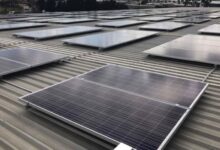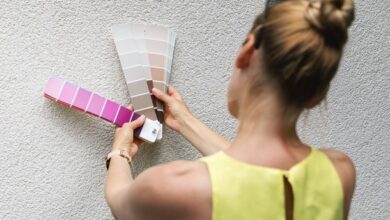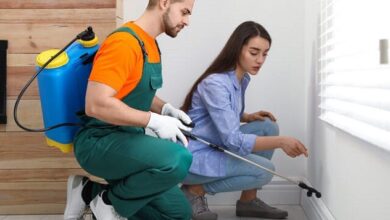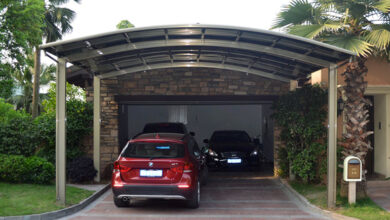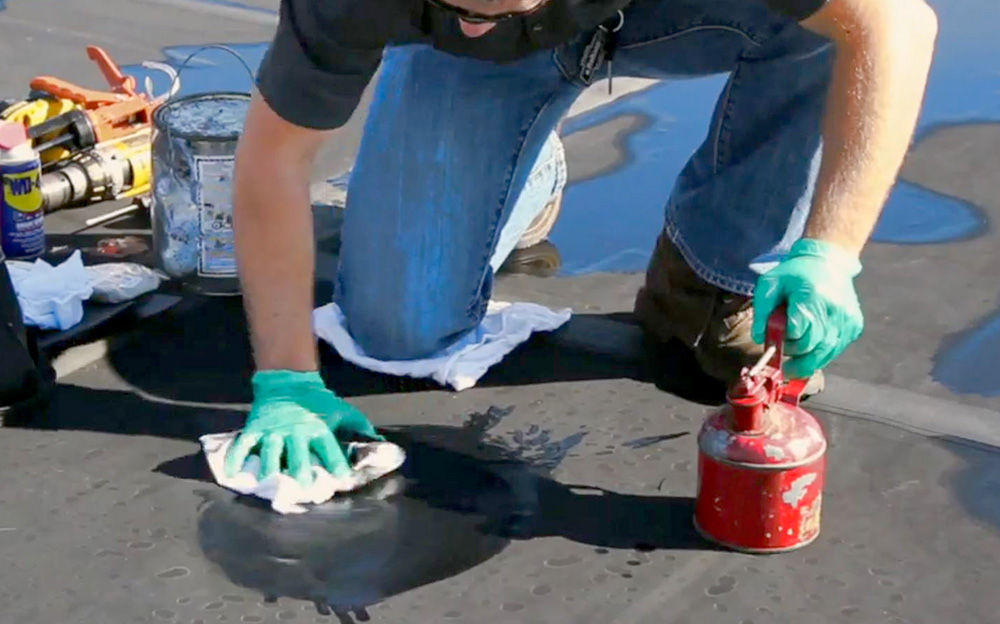
Rubber Roof Repair Guide
Rubber or EPDM roofing is one of the most popular solutions for flat or low sloping roof structures in the US. Especially in commercial construction.
Rubber materials have undeniable advantages like acceptable cost, fast and easy installation, light weight, durability (10-20 years on average), good insulating properties, resistance to moisture and temperature changes in our climate.
On the other hand, the rubber roofs also have well-known drawbacks, including an outdated appearance and low resistance to mechanical damage.
While professionally installed roofing does not require constant maintenance, it does occasionally require repairs. In this case, it is important to get rubber roof repair done quickly, as even minor issues with a flat roof surface can seriously damage the ‘inside’ property.
When do I need to repair a rubber roof?
Rubber roof repair may be required in different situations. The reasons for the repair also vary from low-quality materials, mistakes and inaccuracy in the roofing project as well as one-eyed installation and consequences of bad weather.
1. Mechanical damage. Rubber material is a material that is easily damaged mechanically. A fallen tree branch, walking on the roof surface in the wrong shoes, hail and strong winds can cause mechanical damage – tears, cracks, holes on the surface. Damage to the integrity of the coating is one of the main causes of leaks.
2. Leaky seams are another potential cause of water ingress into the house. If the seams between the EPDM parts are sealed or soldered (depending on the installation technology) incorrectly, they can begin to leak water inside the roof structure within a couple of weeks after installation.
3. Blisters. Blisters or so called ‘roof bubbles’ may appear during unprofessional installation or under the influence of external factors like temperature fluctuation and condensation.
4. Shrinkage and cracks. The use of EPDM materials that are not suitable for climatic conditions or poor quality roofing materials can cause cracks on the roof surface or even shrinkage.
In rare cases, rubber roof repairs are required when moss, algae, or fungi appear on the roof surface. This usually happens when the roof is not maintained, the surface is not cleared of debris every season. Clogged drains and puddles on the roof surface are another reason for moss, algae, or fungi to grow.
How to repair a rubber roof?
There are several rubber roofing repair approaches. The first is patches. With patches you can repair a small area of a roof with mechanical damage, cracks or blisters. Urgent repair of a rubber roof, as a rule, is done with patches as well.
The second approach is the replacement of a bigger part of the roofing. Replacing part of the roofing is needed if a large area of the roof is damaged.
Complete replacement of the roofing is the most serious and expensive repair of rubber roofing. It is required if not only the roofing covering material, but also the underlayment of the roof frame are damaged.
Here you can learn more about rubber roof repairs and get a free estimates for your roofing projects.
Rubber roof repair: should I call experts or DIY?
Attention! Repair of rubber roofing is associated with work at height. It could be life threatening. Follow safety rules or contact professionals who use safety equipment.
With basic repair skills you can do small repairs on your own. All you need are a patch (EPDM primer and patch), a special adhesive for installing the patch, as well as a tool for dismantling the damaged section of the roof. In some cases, a sealant is required to seal joints and cracks.
Step by step guide for DIY rubber roof repair is:
- Remove damaged part(s)
- Prepare the roof surface
- Apply primer to the underlayment
- Cut and install EMPD patch of appropriate size
If you have repair skills and a set of tools, you should be able to install the patch within 20-30minutes. To add, patching can be a temporary solution while you wait for professional roofers.
In addition, you can maintain the roof yourself, periodically removing debris and cleaning out gutters. If you do not want to do it on your own, you can always ask local roofers to help you.
If the patch for the repair is not enough – call the experts. Professional roofers should also be contacted if complete material replacements are required.
Roofing contractors use special equipment to install EPDM materials. As a rule, such equipment is not found in the average garage.
Using special equipment and approaches guarantees rubber roof impermeability and long service life of the covering. It is also worth contacting specialists if your roof needs repair of the underlayment, roof frame, gutters, skylights, drip edges and so on.

